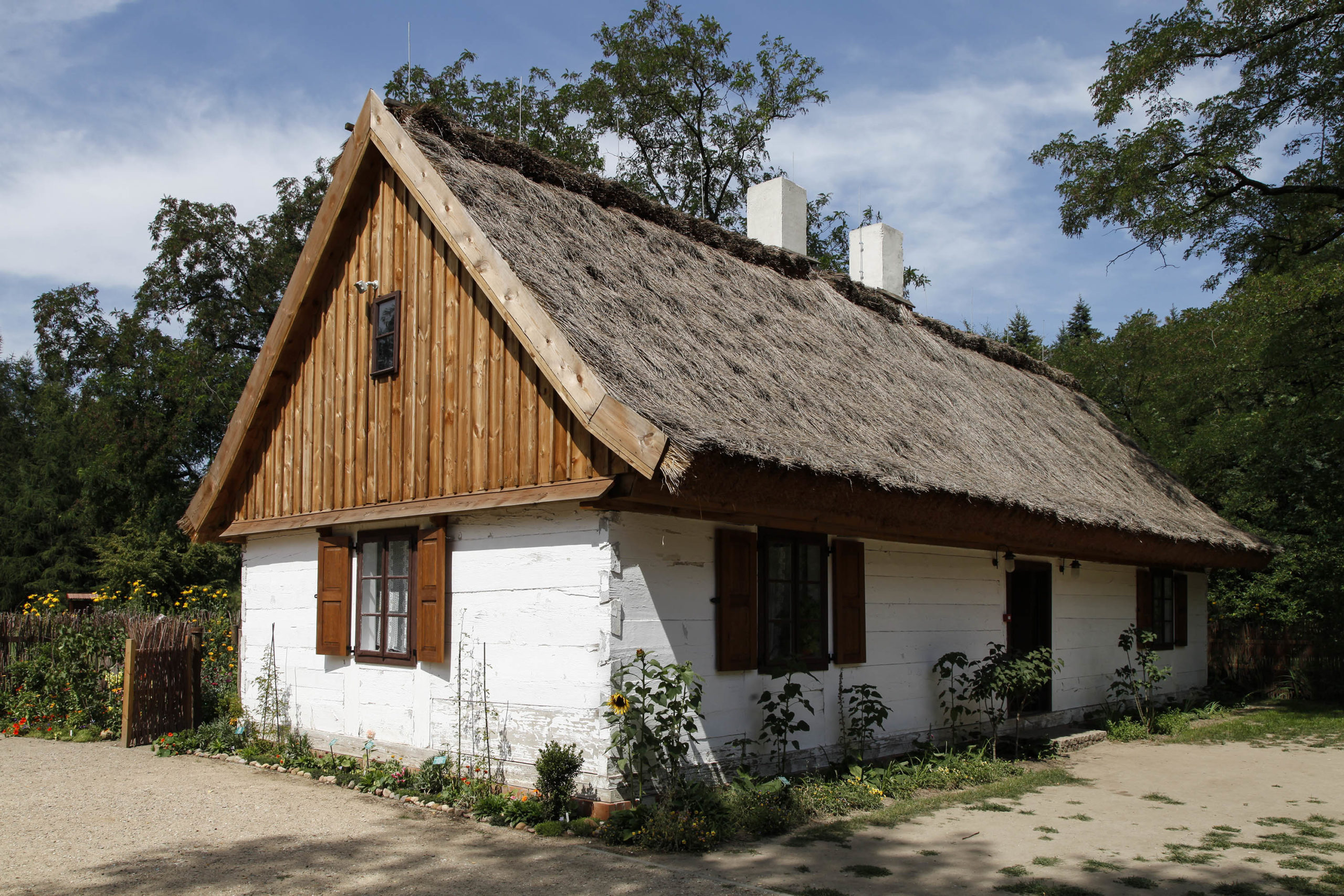The City
28 May 2021 2021-05-28 12:51The City

Where can I visit in Lodz?
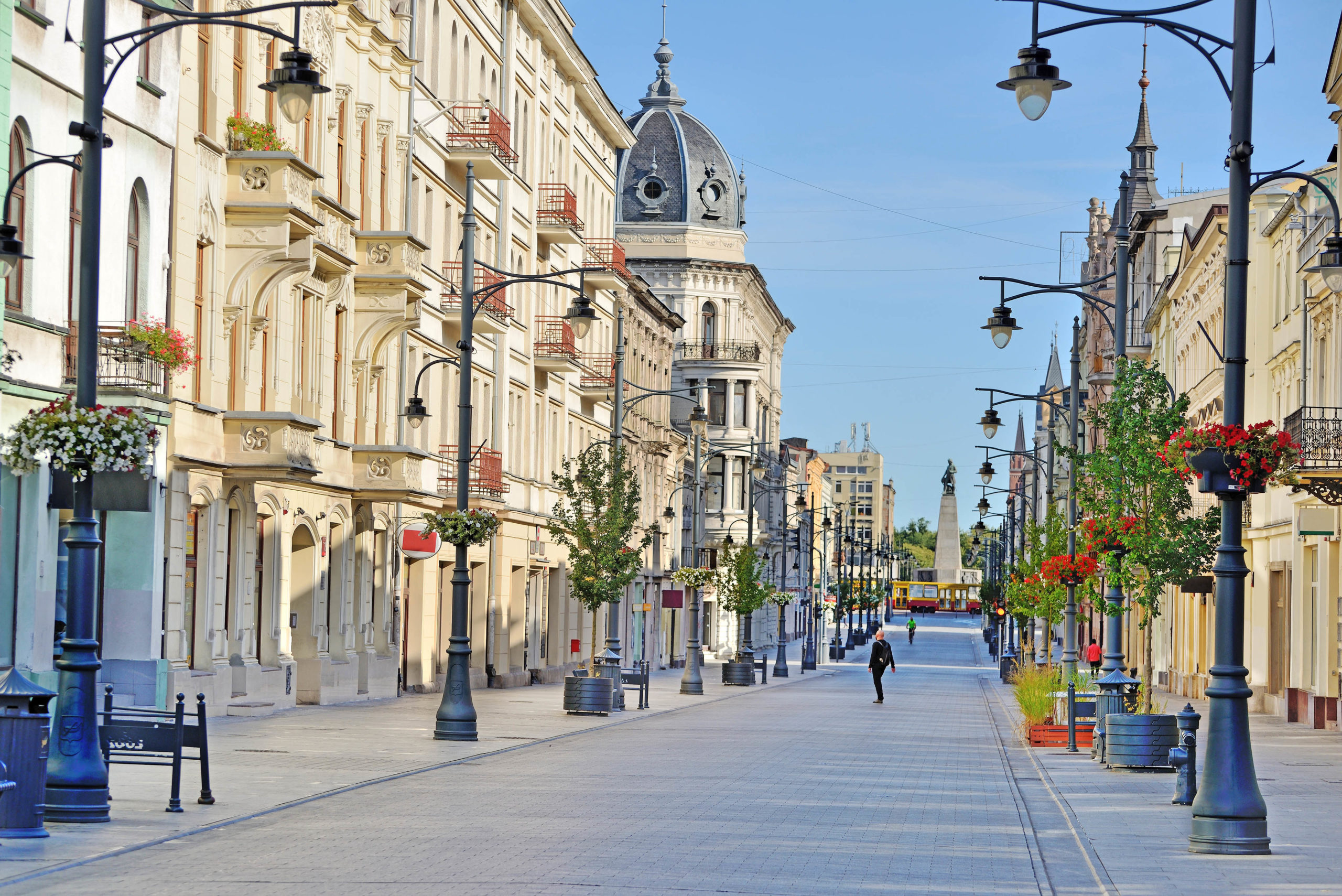
Piotrkowska Street
Piotrkowska Street, the main artery of Łódź, Poland, is one of the longest commercial thoroughfares in Europe, with a length of 4.9 km. It is one of the major tourist attractions of the city.
It runs longitudinally in the straight line between the Liberty Square (Plac Wolności) and the Independence Square (Plac Niepodleglości). From the very beginning this street was the central axis, around which the city grew bigger, and its development spontaneously gave the present shape to its Centre. Today Piotrkowska Street is the axis of Łódź agglomeration. Here, in its proximity, almost all of the most important administrative offices, banks, shops, restaurants and pubs are situated. The most of the events, outdoor parties, marches and official celebrations, organized by the city of Łódź, are taking place here.
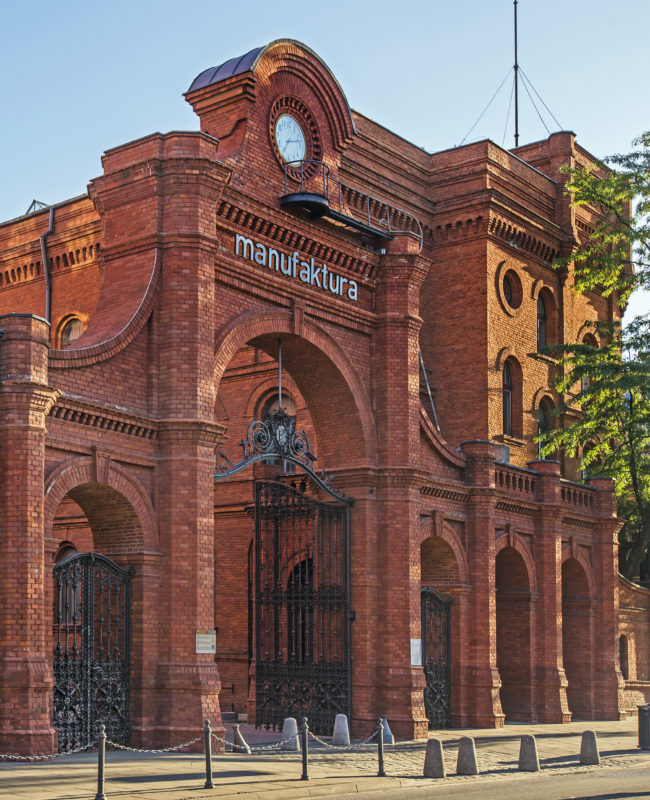
Manufaktura
What was the bleachery, now hosting a bowling alley? What was raised in a finishing plant and what machines worked in a weaving mill? What takes place today in the former engine-shed and can one sleep well in a spinning mill? What motifs can we find on the façade of Izrael Poznański Palace? Which of Manufaktura’s brick buildings was raised first? You may find answers to these questions visiting reconstructed historic monuments of Izrael Poznański’s textile empire. During your journey back in time, to the 19th century and manufacturing Łódź, you may refer to an audio tour or guides at the Museum of the Factory, who can boast of a truly impressive knowledge.
You may also inquire about various curiosities related to the history and present day of Łódź and the industrial empire located at the intersection of Zachodnia and Ogrodowa streets at the Tourist Information Point. Situated in the town square, the Center may seem small, but it offers visitors an impressively vast range of souvenirs from Łódź and the region and of books - from pocket editions to photo albums and comprehensive guide books. Expert employees will help you prepare a thorough plan of your stay in Manufaktura, Łódź and the region, will tell you about the stock helping you choose what you need and answer your tourism-related questions.
www.manufaktura.com
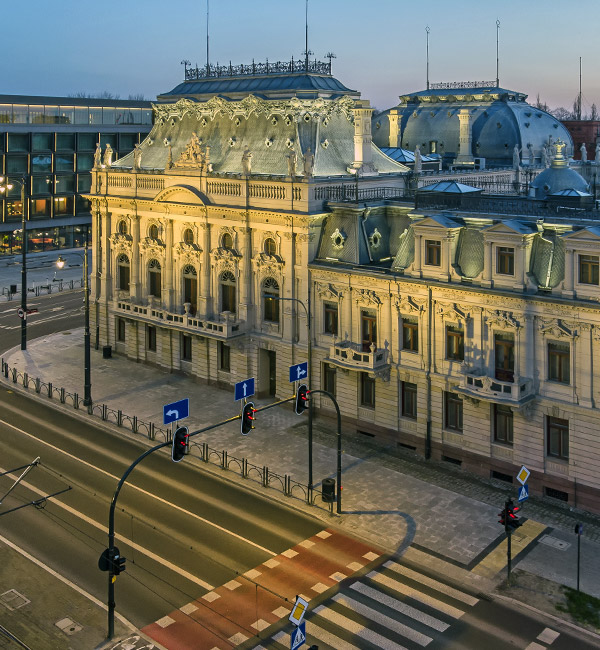
Izrael Poznański Palace
Izrael Poznański's Palace is a 19th-century palace in Łódź, Poland. Initially a tenement building, it was transformed into a Neo-Renaissance and Neo-baroque style residence in years 1888-1903. The history of the palace goes back to the 1860s. It was during this time that Kalman Poznański, a Polish-Jewish trader from Kowal in the Kuyavia region, arrived and began to live in Łódź. Kalman started a cotton industry, however, it was not successful. But when the business was taken over by his son Izrael Kalmanowicz (1834-1900), there was a phenomenal rise in the price of cotton around the world. Izrael made a fortune from cotton and spent a large part of his earnings on the palace, which eventually took on his name. When Izrael Kalmanowicz acquired the site of the palace there was a modest two-story building standing already. He renovated and expanded the building into a large residence. The palace was marked for its lavishness and grand size, an anomaly from the neighboring simple residences.
The palace's design was originally thought to be that of Adolf Seligson. More recently, however, J. Jung and D. Rosenthal have been identified as the architects. Whoever the architect, the palace is an impressive feat, most notably because of its L-shaped design. There was also a large garden at the back. Another feature of the palace is the southern wing, which is topped with the tall domed roofs.
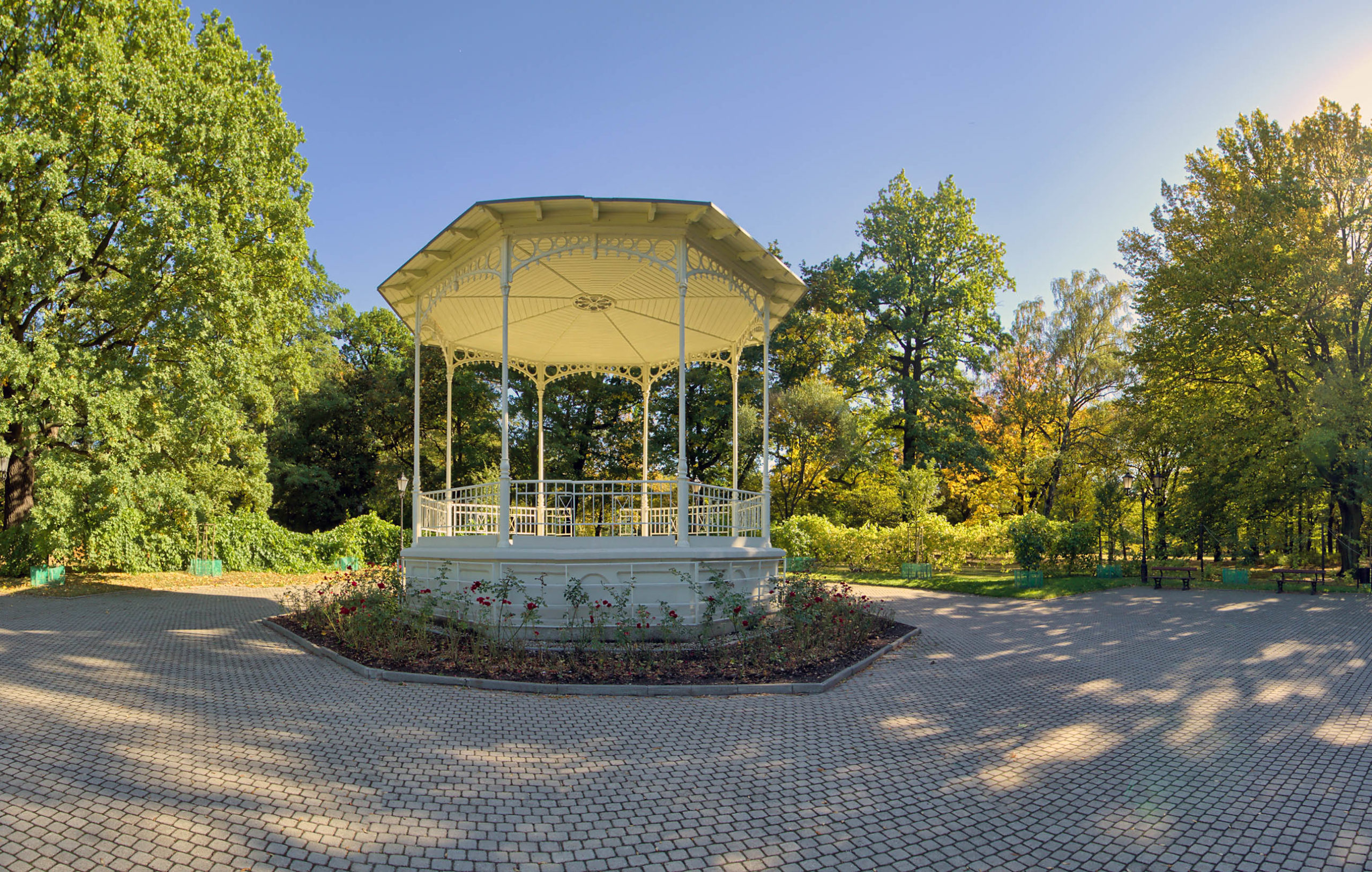
Park Źródliska
Founded in 1840, the city's oldest park offers a gazebo & playground, plus paths, a pond & gardens.
Park Źródliska - one of the many parks in Łódź, located between Przędzalniana, Fabryczna, Targowa and Piłsudskiego streets. It totals an area of 17.2 ha and is quite impressive from top to bottom. In the south-east there are three ponds, in the largest of which there is an island. In the north there is a large square and full-grown hawthorns planted around it. On the square there is a platform in the shape of an arbor, a gardener's house and a palm house.
The interior of the square is covered with a large flowerbed with roses and 4 yews planted at the corners. In the center of the flowerbed stands a sculpture depicting several female heroines. In the corner of the square there are chess tables where you'll find seasoned players arched over their games, deep in thought. The park is also home to many aged oaks, which are natural monuments. Their age is estimated at around 300 years. They are the most valuable monuments in the park and are among the most valuable in all of Łódź.
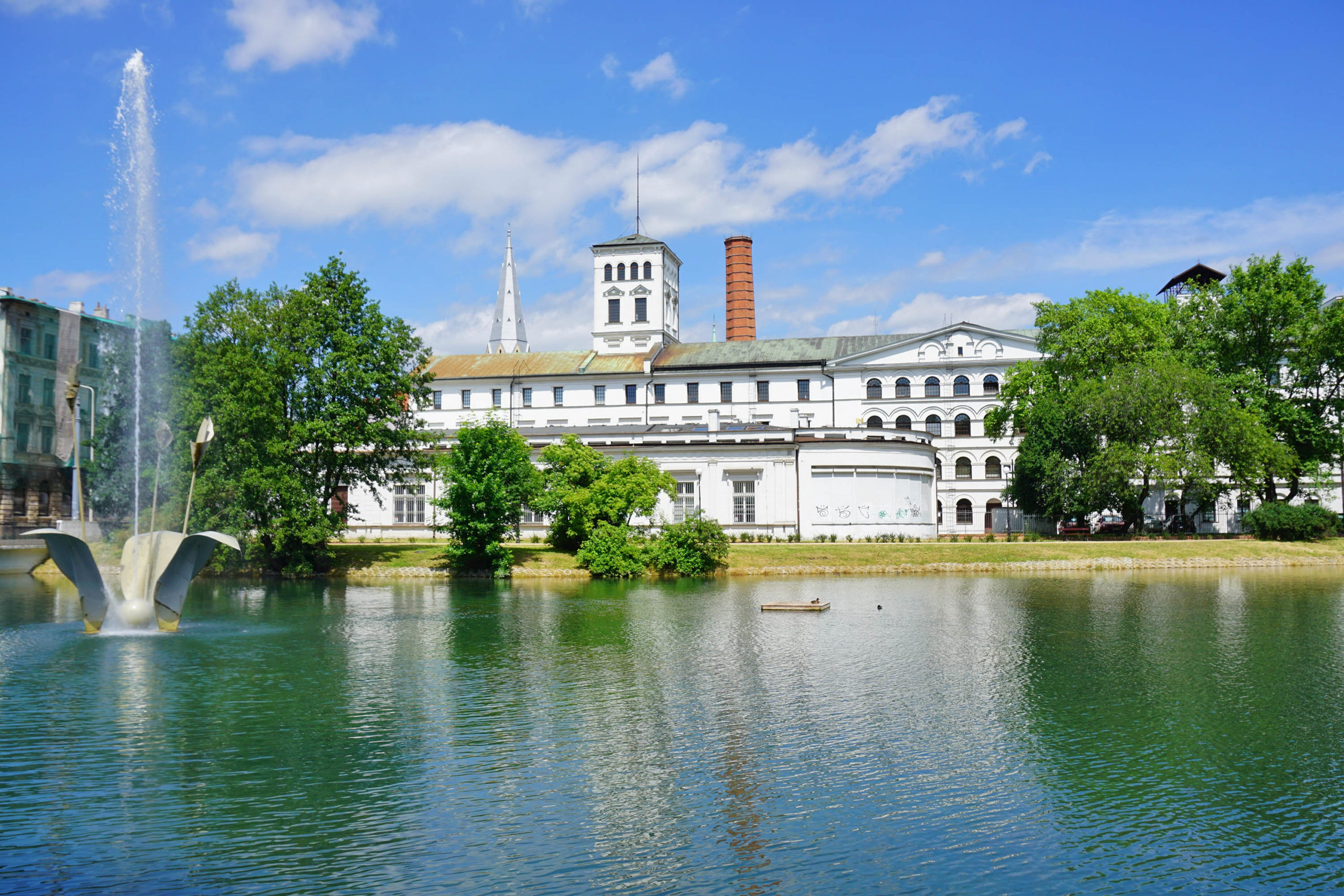
Central Museum of Textiles
To understand exactly what Łódź is all about, and to really get under the city’s skin, a visit to the Textile Museum is a good place to start. Although everything is displayed in Polish only, the two floors of exhibition rooms containing
a mind-boggling array of steam-driven looms, fabric-printing machines, contrasting recreations of how the workers and their factory-owning bosses lived and worked, original paintings of Łódź in its 19th-century heyday, lace, rugs and other paraphernalia connected to the textile industry speak volumes about the city that’s often referred to as the Manchester of Poland. The icing on the cake: the museum is housed inside Ludwig Geyer’s mammoth 19th-century White Factory, an extraordinary building worthy of a journey in itself.
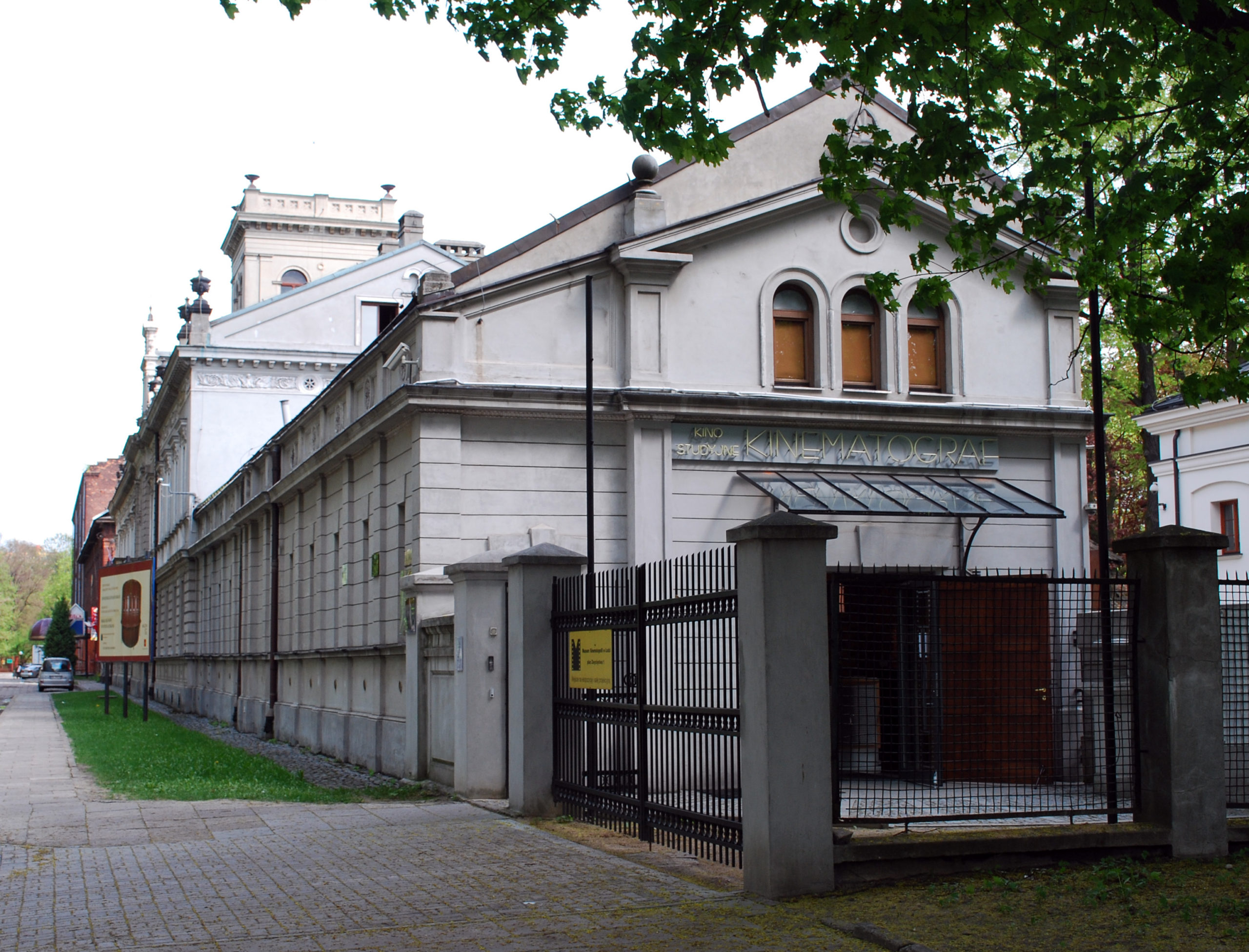
Museum of Cinematography
Opened in 1986 inside Karol Scheibler’s extraordinary 19th-century palace, the Cinematography Museum offers visitors two unique attractions in one. The museum itself offers a well-presented history of Polish cinema and takes plenty of hats off to the multitude of Polish film greats who studied in the city before going on to greater things, as well as numerous changing exhibitions. This is the only museum of its kind in Poland, and though badly signposted (don’t be surprised to find yourself directed to blind alleys or opening secret doors to reveal private offices), it represents a rewarding experience for fans of Polish cinema. The collection features over 50,000 items including over 12,000 film posters, art exhibits and projectors and camera equipment of every kind. Standouts include the recently renovated Fotoplastikon - a giant drum-like contraption popular in the early 20th century for showing 3D films, and the excellent exhibit devoted to animated photography featuring plenty of vintage stop-motion characters and accompanying clips. The newest exhibit in the permanent collection is called "Palace Full of Fairy Tales" and is devoted to the heroes of Polish cult cartoon shorts and features (Moomins, Reksio).
Photo: Polimerek
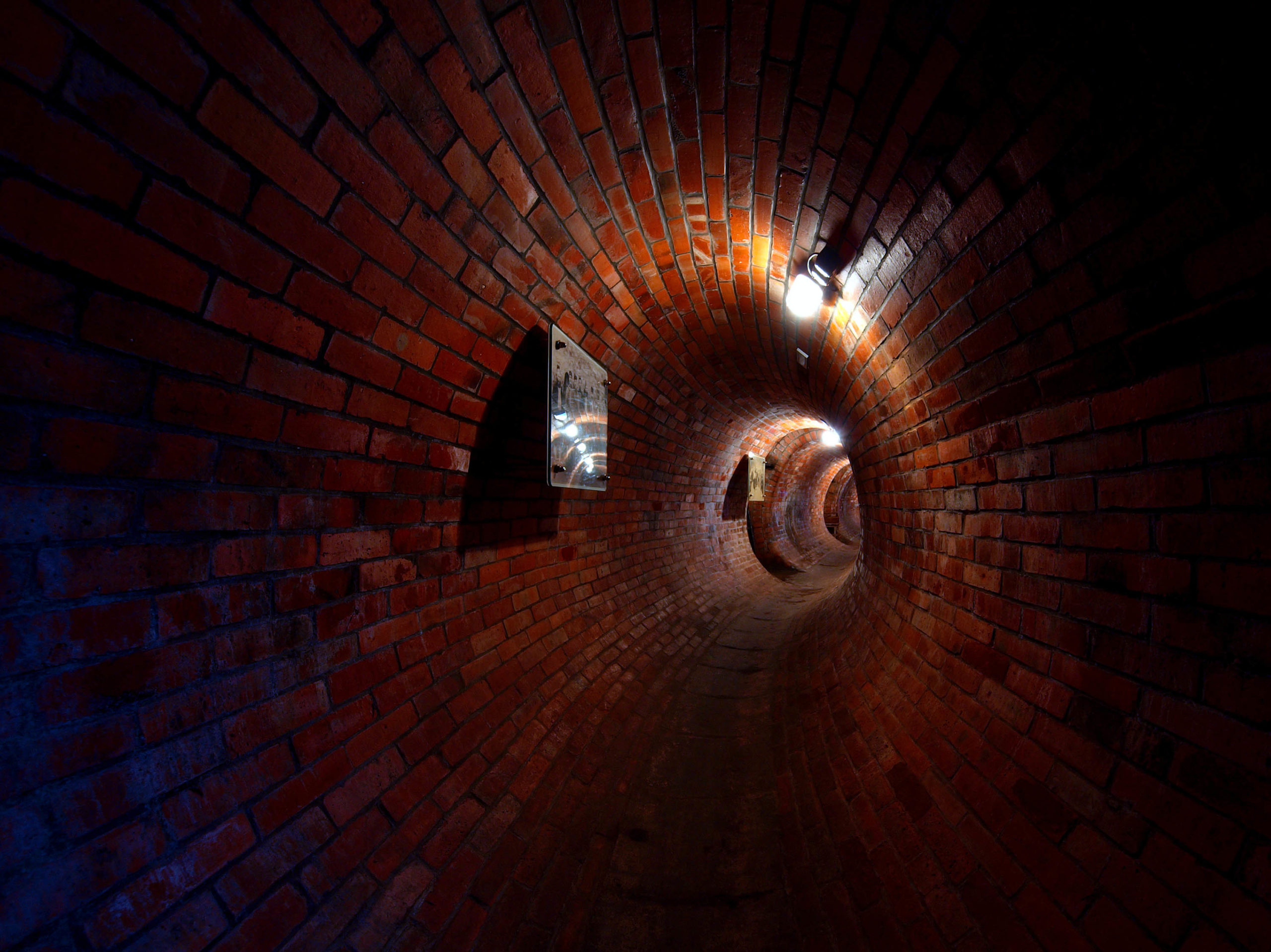
Muzeum Kanału „Dętka”
Underground canal system housing a regional history museum with permanent & temporary exhibits . Located in: Museum of the City of Lodz. Dętka is a water tank located under Wolności Square, similar in shape to the torus . The reservoir was built in 1926according to the design of William Heerlein Lindley , and the work on it was supervised by Stefan Skrzywan .
The water collected in it was used to periodically clean up the canals in the city center. The reservoir can hold 300 m³ of water, it is 142 meters long,
187 centimeters high and about 1.5 meters wide.
The water collected in it was used to periodically clean up the canals in the city center. The reservoir can hold 300 m³ of water, it is 142 meters long,
187 centimeters high and about 1.5 meters wide.
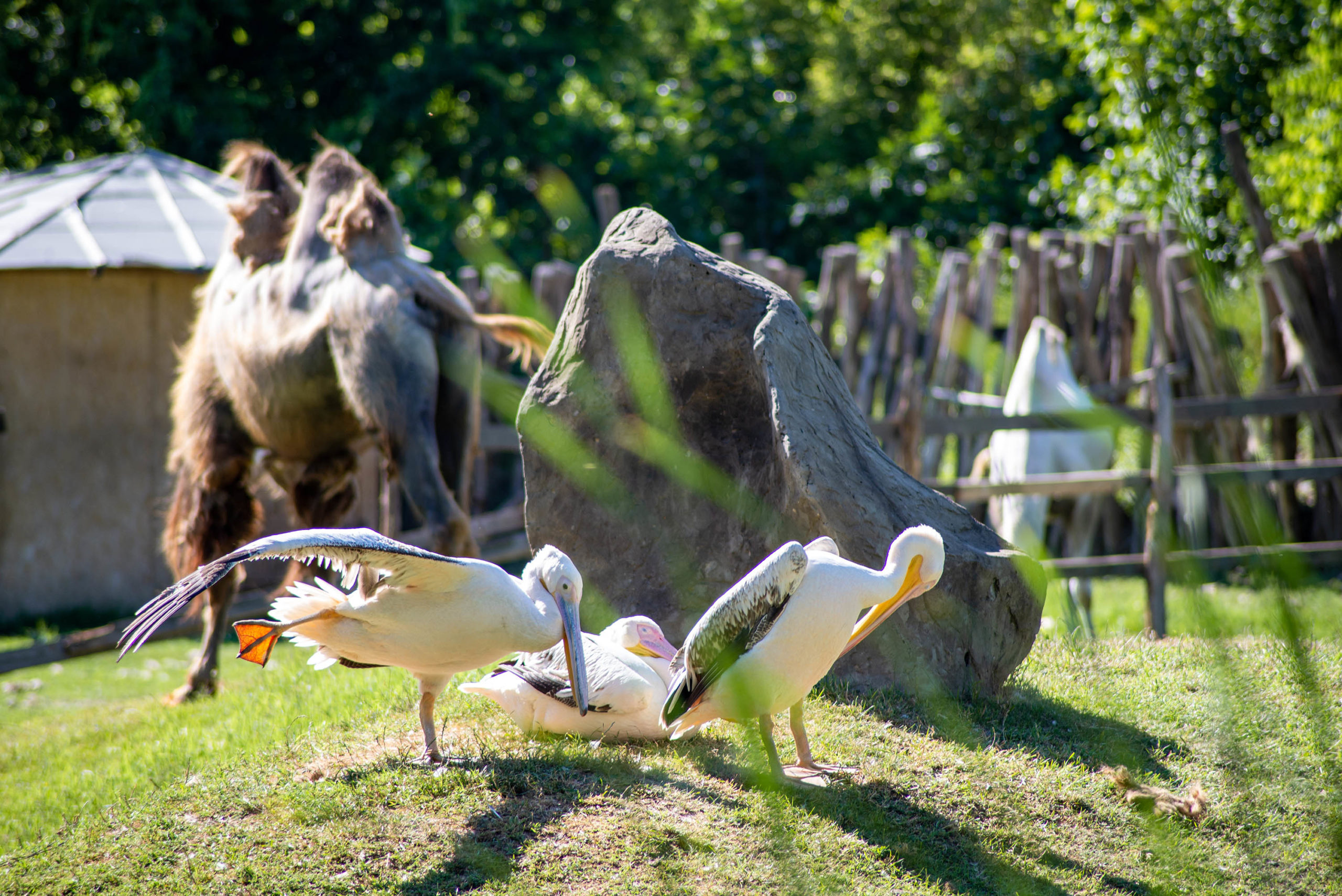
Miejski Ogród Zoologiczny w Łodzi (ZOO)
